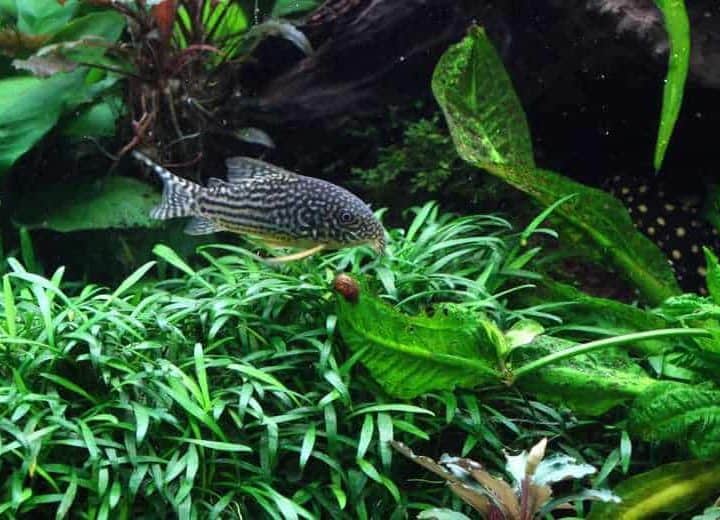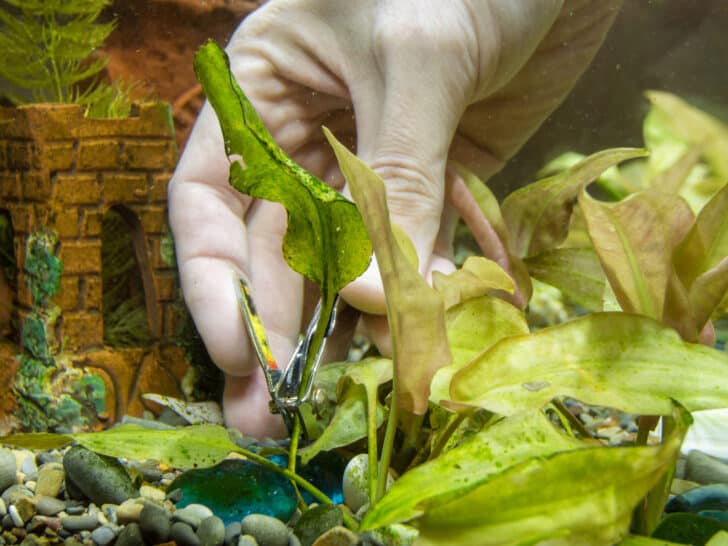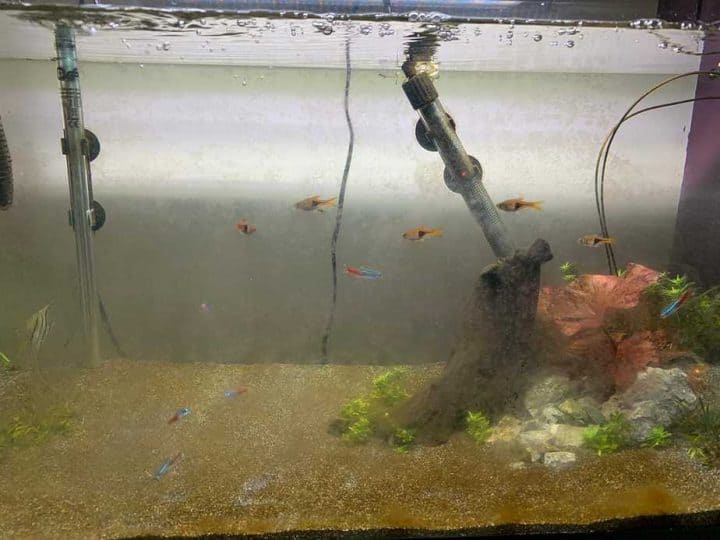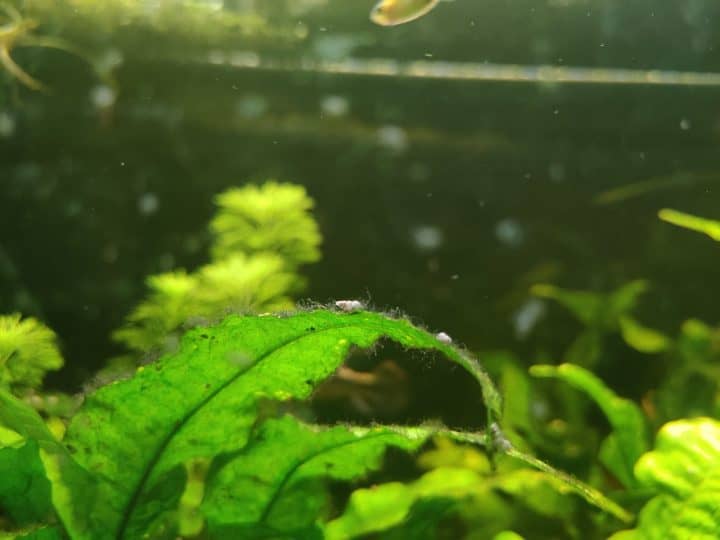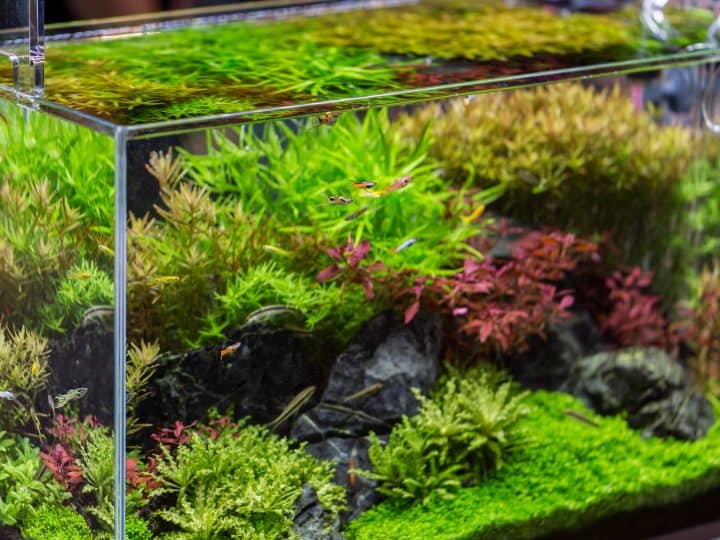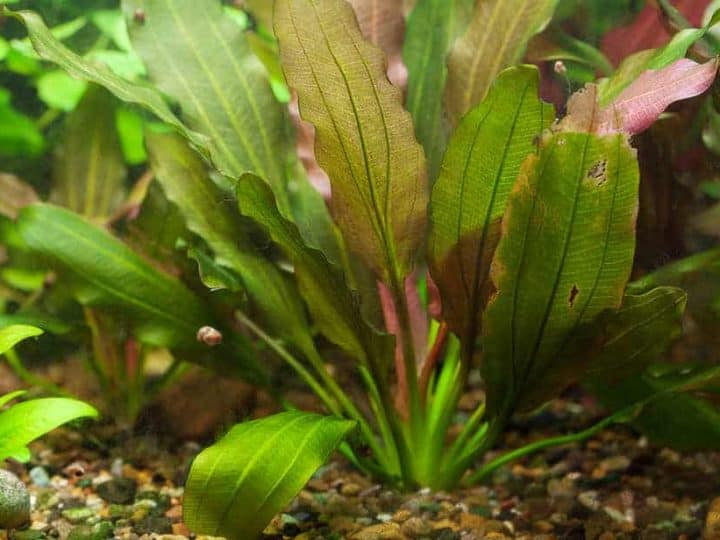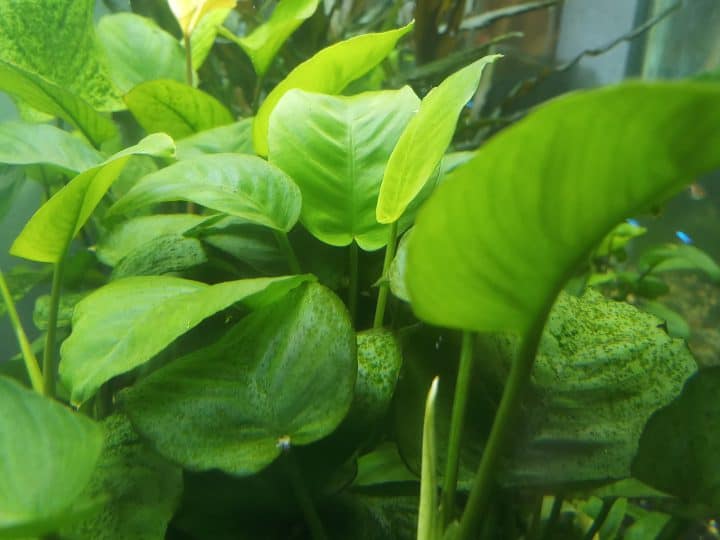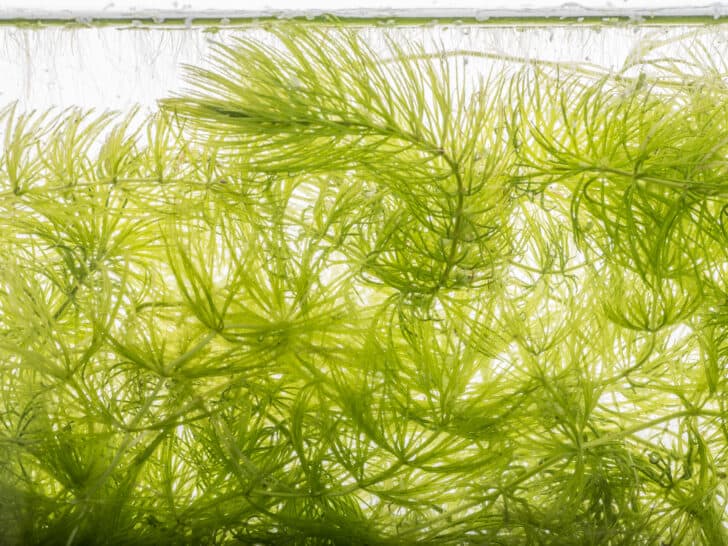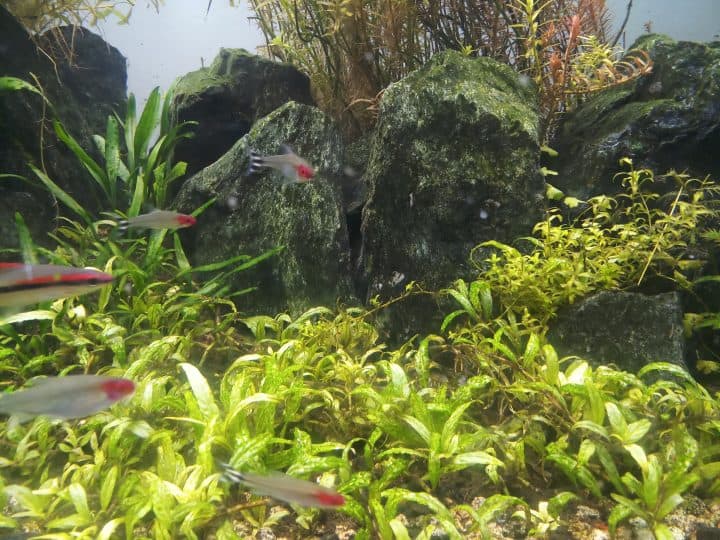Let’s face it, growing and maintaining plants can be a difficult task. In your time growing aquatic plants, you have probably faced common problems such as yellowing/blackening leaves or even plant death.
Quick Answer
Your aquarium plants are likely turning black due to high phosphate levels in the tank. Other less common causes include poor lighting, inadequate nutrients, and poor water quality. Proper monitoring and testing can help prevent plants from turning black.
Continue reading to learn more about why your aquarium plants are turning black and easy ways to help them get healthy again!
Common Problems With Aquatic Plants
As I mentioned, there are many things that could be causing your aquatic plants to turn black. While the precise reasons why your plants are turning black will depend on your tank, there are some problems that are especially common among newer plant owners.
Common Problems With Aquatic Plants
As I mentioned, there are many things that could be causing your aquatic plants to turn black. While the precise reasons why your plants are turning black will depend on your tank, there are some problems that are especially common among newer plant owners.
Light
Light is among the most common issues among aquarium plants. For most plant owners, the issue usually revolves around there not being enough of the right kind of light. However, some owners can also use too much light.
So, how much light is the right amount?
Some specialists claim that you should give your tank no more than 8 hours of light a day. Additionally, you should build-up to this length of light exposure when you start growing plants to prevent algae blooms.
(Photo on the left is an example of a properly lit aquarium with healthy plants, Photo 112736358 / fish © Pleprakaymas | Dreamstime.com)
Nutrients
Inadequate nutrient levels are a major issue for all plants (aquatic or not). There are multiple nutrients that are necessary to a plant’s health. However, the main ones are nitrogen, phosphorus, and potassium.
If your plant has a nitrogen or potassium deficiency, it will likely start to show yellowing leaves. Blackening leaves, however, can be a sign of excess phosphorus.
The process is similar to that of algae blooms, where excess nutrients can cause too much growth of bacteria. Remember that the substrate you use can also make a difference in terms of water parameters.
Learn how to make your own aquarium fertilizer right here.
Water Quality
Water quality is also very important in your tank for both plant and fish health. When it comes to your aquarium, water quality refers more to the makeup of your water, including levels of pH, ammonia, and so on.
Usually, your plants will start changing color and dying if there’s too much ammonia in the water. Additionally, water in an aquarium should be as close to neutral as possible. If the pH is too high or too low, it can affect plant health.
Algae
Algae is another issue that can plague aquarium plants. According to most experienced plant owners, a common type of algae that grows on plants is “Black Beard Algae.” This can also be an explanation for the leaves of your plant to appear black.
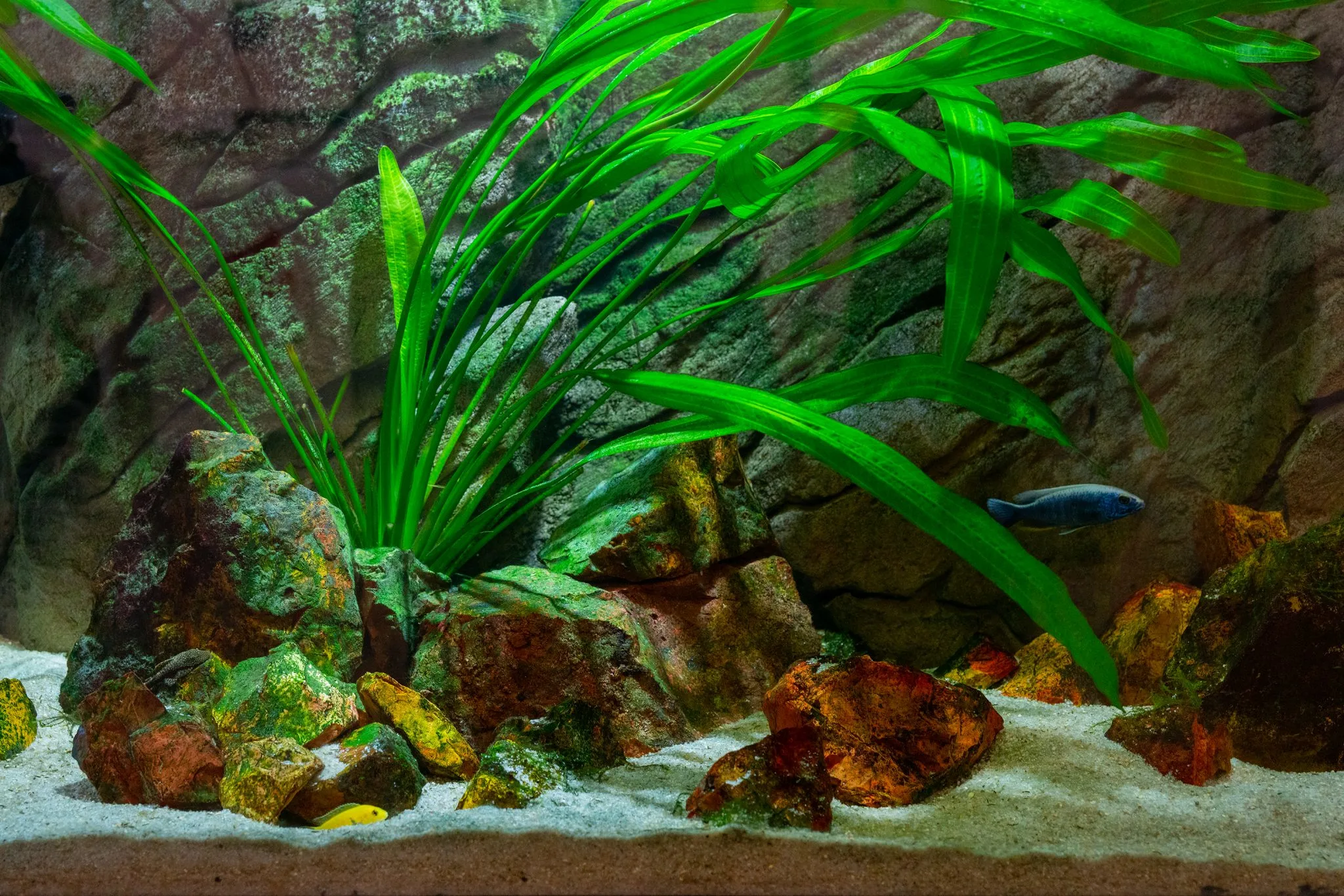
Addressing Issues with Aquatic Plants
While the above-mentioned issues may seem very different from each other, their solutions are usually very similar. In addition, most issues tend to be interconnected, so you may have two separate issues without knowing it.
Light Issues
As I mentioned, it’s important to supply your plants with enough light. If there isn’t enough light, they will start to darken or look droopy, which is an indication that something needs to change.
For this problem, you should monitor your aquarium set up, ensuring you aren’t giving your tank more than 8 hours of light in a day, and make sure that plants are not in a blind spot where they aren’t receiving light.
Nutrients and Algae
Nutrients and algae often work with each other. When there’s an excess of light, nutrients, and so on, algae tend to bloom, and plants tend to fail.
If your plant looks low in nutrients, make sure to fertilize and stabilize it. But don’t add too much, as this can cause further algae issues. Don’t forget, plants need carbon dioxide too!
However, nitrogen deficiency in plants may be an issue at times. Other nutrients play important roles too. A manganese, boron, calcium, magnesium or iron deficiency, as well as a lack of other macronutrients and micronutrients, all have their own specific effects on aquarium water and aquatic plant life.
Water Quality Issues
Water quality issues themself can vary in causes and fixes. That said, most issues revolve around ammonia and pH. To solve these problems, you will have to monitor and test the water in your tank. This will allow you to identify the issue so you can add buffers, plants, and other items that will help stabilize the water quality.
How Problems with Your Plants Affect Your Fish
Most new tank owners don’t realize that problems that cause your plants to turn black can also adversely affect your fish. Let’s look at these in more detail:
Water Quality and Nutrients
Both plants and fish require healthy, clean water and ample nutrients, so it makes sense that issues with water quality and an inadequate amount of nutrients in the tank affect fish as well. In many ways, fish have similar needs to aquatic plants, so if your plants are dying due to pH imbalances, it could also lead to issues for your fish.
If you have both fish and plants in your aquarium, nutrients should be less of an issue because you’re effectively creating a closed-loop system where the fish fertilize the plants, and the plants clean the water for the fish. However, this is not to say that nutrient deficiencies don’t occur in tanks that have both.
Light
While light is a need for plants, it’s less of a specific need for fish. Fish normally don’t require much (if any) light, especially the type of multi-spectrum lights your plants will need.
The only light issue that can affect your fish is light that is too strong, which may end up burning them. The light intensity needs to be kept at the right level, or else plant leaves may burn, something that aquarium enthusiasts all too often find out the hard way. .
Dying Plants
Blackening leaves and dying plants themselves can cause problems for fish. When plants blacken and die, they decompose into the water. This makes the water dirty and hazardous for the fish. If a plant is dying, you should ideally cut off any blackening leaves or take out the whole plant before it can contaminate the water.
Are Too Many Plants Bad for Fish?
In general, too many plants can be bad for fish because of oxygen requirements. Both fish and plants require oxygen for respiration, and too many organisms in one tank can effectively choke each other out. In addition, plants can overgrow, interfering with fish life. Oxygen levels matter!
Conclusion
Common causes of blackening leaves include issues with the amount of light received, poor water quality, and inadequate nutrient availability.
There are a few major ways to combat these issues, and multiple issues may affect your plant at once. That said, with a bit of care, you should be able to remedy the problem and get your plants back to being in the pink of health!

